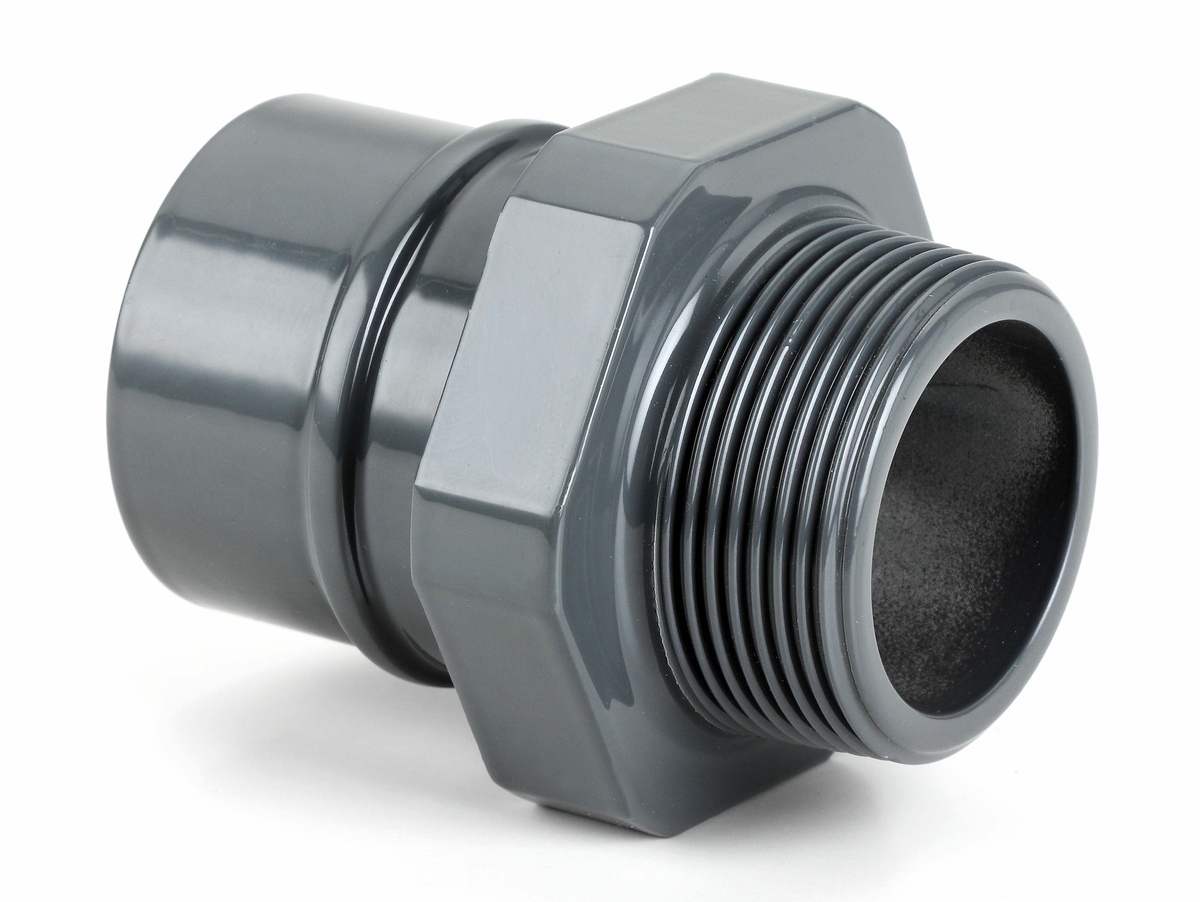

Articles
What Is A Male Adapter
Modified: December 7, 2023
Learn everything you need to know about male adapters in this comprehensive collection of articles. Discover their uses, types, and tips for proper installation.
(Many of the links in this article redirect to a specific reviewed product. Your purchase of these products through affiliate links helps to generate commission for Storables.com, at no extra cost. Learn more)
Introduction
Welcome to the world of male adapters—essential components that play a significant role in various industries, including technology, manufacturing, and construction. Male adapters are unique connectors that enable the seamless connection between different devices, equipment, or systems that have varying sizes, shapes, or interface requirements.
Male adapters act as intermediaries, bridging the gap between two or more components that would otherwise be incompatible. Whether it’s connecting cables, pipes, or electrical components, male adapters serve as the missing link, ensuring a reliable and secure connection.
In this article, we will explore the fascinating world of male adapters, their types, uses, advantages, disadvantages, and common applications. So, let’s dive in!
Key Takeaways:
- Male adapters are essential connectors that bridge the gap between incompatible devices, providing compatibility, convenience, and cost-effectiveness in various industries.
- While male adapters offer numerous advantages, proper selection, installation, and maintenance are crucial to mitigate potential signal loss, complexity, and maintenance requirements.
Definition of Male Adapter
A male adapter, also known as a male connector or male coupling, is a device used to connect two or more components together. It is designed to have a protruding end with pins, prongs, or threads that fit into the corresponding female component. The purpose of a male adapter is to establish a secure and reliable connection between devices with different sizes, types, or interfaces.
Male adapters are typically made from durable materials such as metal, plastic, or a combination of both. The choice of material depends on the specific application and the level of durability required. These adapters come in various sizes and configurations to accommodate different connection requirements.
One common example of a male adapter is the audio jack found on headphones. The male connector on the headphone cord is inserted into the female audio jack of a device such as a smartphone or computer. This allows the audio signal to be transmitted from the device to the headphones, resulting in sound output.
Male adapters are widely used in industries such as electronics, telecommunications, plumbing, and machinery. They provide a convenient solution for connecting devices and components that have different connection types or sizes.
It’s important to note that the term “male” and “female” in the context of connectors does not refer to gender. These terms are used to describe the physical characteristics of the connectors, with the male connector having the protruding component, while the female connector has the corresponding receptacle to accept the male component.
Uses of Male Adapters
Male adapters serve a wide range of purposes across different industries and applications. Here are some common uses of male adapters:
- Electronics and Technology: In the world of electronics, male adapters are used extensively to connect devices such as laptops, smartphones, and audio/video equipment. They allow for the seamless transfer of audio, video, and data signals between different devices.
- Plumbing and Piping: Male adapters are crucial components in plumbing systems. They enable the connection of pipes, fittings, and fixtures of different sizes or materials, ensuring the proper flow of water, gas, or other fluids.
- Networking and Telecommunications: Male adapters are an integral part of networking and telecommunications infrastructure. They allow for the connection of Ethernet cables, fiber optic cables, and other networking components, facilitating the transfer of data and communication signals.
- Automotive and Mechanical Applications: Male adapters find applications in the automotive industry and mechanical engineering. They are used to connect various components such as fuel lines, hoses, connectors, and fittings, ensuring the proper flow of fluids or gases within the vehicle or mechanical system.
- Construction and Building Systems: Male adapters are essential in construction and building systems. They are used to connect electrical cables, wires, or conduits, enabling the safe and efficient transmission of electricity to different fixtures, outlets, and appliances.
- Medical Devices and Equipment: Male adapters play a role in medical devices and equipment. They allow for the connection of different medical components, such as sensors, monitors, and probes, ensuring accurate readings and functionality.
These are just a few examples of how male adapters are used. The versatility and adaptability of male adapters make them an indispensable tool in various industries, enabling the seamless connection of different components and systems.
Types of Male Adapters
Male adapters come in a variety of types and configurations to accommodate different connection requirements. Here are some common types of male adapters:
- Threaded Male Adapters: These adapters have threaded ends that allow for a secure connection. The threads can be tapered or parallel, depending on the specific application. Threaded male adapters are commonly used in plumbing, piping, and hydraulic systems.
- Pin Male Adapters: Pin male adapters have protruding pins that fit into corresponding sockets or receptacles. These adapters are often used in electronic devices and connectors, such as audio and video cables.
- USB Male Adapters: USB (Universal Serial Bus) male adapters are specifically designed to connect devices such as smartphones, tablets, and computers to peripheral devices like printers, cameras, and external hard drives. They have a standardized design and support high-speed data transfer.
- XLR Male Adapters: XLR male adapters are commonly used in audio equipment, such as microphones and mixing consoles. They provide a balanced audio connection, ensuring high-quality audio signals with minimal interference.
- RCA Male Adapters: RCA male adapters are used for analog audio and video connections. They feature a single center pin surrounded by a metal shield, enabling the transmission of audio and video signals.
- Coaxial Male Adapters: Coaxial male adapters are used for coaxial cables, commonly used for television signals and internet connections. These adapters ensure a proper connection for the transmission of high-frequency signals.
These are just a few examples of the different types of male adapters available in the market. It’s important to select the appropriate type of male adapter based on the specific application, ensuring compatibility and a reliable connection.
How Male Adapters Work
Male adapters play a crucial role in establishing a secure and reliable connection between two or more components. Here’s an overview of how male adapters work:
1. Identification of Connection Type: First, it’s important to identify the connection type and requirements of the components that need to be connected. This includes understanding the size, interface, and any specific features of the male and female connectors.
2. Selection of the Appropriate Male Adapter: Once the connection type is determined, the appropriate male adapter is selected. This involves choosing the right type of male adapter (threaded, pin, USB, etc.) that matches the female component and fulfills the connection requirements.
3. Alignment of Male and Female Connectors: The male adapter is aligned with the female connector to ensure a proper fit. This may involve aligning the pins, threads, or other features of the male adapter with the corresponding receptacles or openings in the female component.
4. Insertion of the Male Adapter: The male adapter is then inserted into the female component until it is fully secured. This may require pushing, twisting, or tightening the male adapter to ensure a tight fit and connection.
5. Testing and Verification: Once the male adapter is connected, it is important to test and verify the connection. This can involve checking for secure physical attachment, testing the functionality of the connected components, and ensuring the proper transmission of signals or flow of fluids.
6. Maintenance and Care: Male adapters, like any other component, require regular maintenance and care to ensure optimal performance. This includes cleaning, inspecting for any damage or wear, and replacing if necessary.
By following these steps, male adapters facilitate the seamless connection between different components, providing a reliable and secure link for the transmission of signals, fluids, or power.
When using a male adapter, make sure to match the thread size and type with the female connection to ensure a secure and leak-free connection. Always use thread sealant or tape to prevent leaks.
Read more: What Is An Adapter
Advantages of Male Adapters
Male adapters offer several advantages in various industries and applications. Here are some key benefits:
- Compatibility: Male adapters provide compatibility between components that have different sizes, types, or interfaces. They enable the connection of devices or equipment that would otherwise be incompatible, allowing for seamless integration and communication.
- Versatility: Male adapters come in a wide range of types, sizes, and configurations, making them versatile for different connection requirements. They can adapt to various connection types, including threaded, pin, USB, and more, allowing for flexibility in connecting different devices or systems.
- Convenience: Male adapters provide a convenient solution for connecting components without the need for modification or replacement of existing equipment. They save time and effort by providing an easy and quick way to establish connections.
- Cost-Effective: Male adapters are often more cost-effective than replacing entire components or systems to achieve compatibility. By using a male adapter, companies can save on expenses for equipment replacement and minimize downtime.
- Interchangeability: Male adapters are designed to be interchangeable, meaning they can be used with different female components of the same type. This interchangeability adds convenience and flexibility, especially in applications where frequent connections and disconnections are required.
- Easy Integration: Male adapters are typically designed to integrate seamlessly with standard connectors and receptacles. This simplifies the integration process and reduces the likelihood of compatibility issues or faulty connections.
- Upgradability: Male adapters allow for easy upgrades or changes to a system without necessitating a complete overhaul. By simply replacing the male adapter, compatibility with new technologies or equipment can be achieved, ensuring future-proofing and scalability.
These advantages make male adapters an essential component in various industries, providing a reliable and efficient solution for connecting components and systems with different requirements.
Disadvantages of Male Adapters
While male adapters offer several advantages, there are also a few potential disadvantages to consider. Here are some of the drawbacks associated with male adapters:
- Potential Signal Loss: The use of male adapters can introduce signal loss or degradation, especially in high-frequency or high-bandwidth applications. Each additional connection point may introduce impedance or resistance, resulting in a decrease in signal quality.
- Increased Complexity: The use of male adapters in a system can increase the overall complexity. With multiple adapters and connectors in place, there is a higher chance of improper connections, loose connections, or compatibility issues if not properly handled or maintained.
- Potential Points of Failure: The more components involved in a connection, the higher the likelihood of failure. Male adapters, like any other connectors, can be prone to wear and tear, damage, or corrosion, which may lead to poor connections or complete failure.
- Space Limitations: The addition of male adapters can increase the overall size or bulkiness of a system. In applications where space is limited, the use of male adapters may pose challenges in terms of fitting components or devices properly.
- Limited Compatibility: While male adapters provide compatibility between certain connectors or components, they may not be compatible with all types or brands. This limitation may require the use of specific adapters or the need to replace components to achieve proper compatibility.
- Potential for Incorrect Connection: In some cases, the use of male adapters may lead to incorrect connections if not properly matched or identified. This can result in compatibility issues, signal loss, or even damage to the connected components.
- Maintenance and Cleaning: Male adapters require regular maintenance and cleaning to ensure optimal performance. This can involve cleaning dirt or debris, inspecting for any signs of damage, and replacing worn-out adapters if necessary.
Despite these potential disadvantages, proper selection, installation, and maintenance of male adapters can help mitigate these issues and ensure a reliable and efficient connection between components.
Common Applications of Male Adapters
Male adapters find wide-ranging applications across various industries and sectors. Here are some of the common applications:
- Audio and Video Connections: Male adapters are extensively used in audio and video applications. They allow for the connection of devices such as headphones, speakers, cameras, and televisions, enabling the transmission of audio and video signals.
- Computer and IT Systems: Male adapters play a vital role in computer and IT systems. They are used to connect peripherals like monitors, keyboards, mice, printers, and network devices, ensuring proper communication between the different components.
- Plumbing and HVAC Systems: Male adapters are crucial in plumbing and HVAC (Heating, Ventilation, and Air Conditioning) systems. They enable the connection of pipes, fittings, valves, and other components, ensuring the proper flow of water, gas, or air in residential, commercial, and industrial settings.
- Automotive and Aerospace Industry: Male adapters are widely used in the automotive and aerospace sectors. They are essential for connecting various components, such as fuel lines, brake systems, electrical connections, and instrumentation, ensuring the safe operation of vehicles and aircraft.
- Networking and Telecommunications: Male adapters are extensively used in networking and telecommunications infrastructure. They allow for the connection of Ethernet cables, fiber optic cables, and various networking devices, facilitating data transmission and communication.
- Medical Devices and Equipment: Male adapters find applications in medical devices and equipment, where the connection of sensors, probes, and monitors is crucial. They ensure accurate data transmission and facilitate the seamless integration of medical components.
- Construction and Electrical Systems: Male adapters are essential in construction and electrical systems. They enable the connection of electrical cables, wires, and conduits, ensuring the safe and efficient distribution of electricity to different fixtures, outlets, and appliances.
These are just a few examples of how male adapters are utilized in various industries. Their versatility and ability to bridge connection gaps make them indispensable components in countless applications where compatibility and reliable connections are essential.
Conclusion
Male adapters are essential components that play a crucial role in connecting different devices, systems, and components. Whether it’s in the field of electronics, plumbing, telecommunications, or construction, male adapters serve as the missing link that bridges the gap between incompatible components.
The versatility and adaptability of male adapters make them indispensable in various industries. They provide compatibility, convenience, and cost-effectiveness, allowing for the seamless integration of different devices and systems without the need for extensive modifications or replacements.
While male adapters offer numerous advantages, it’s important to consider their potential disadvantages, such as signal loss, complexity, and maintenance requirements. Proper selection, installation, and maintenance can help mitigate these issues and ensure a reliable and efficient connection between components.
The applications of male adapters are wide-ranging, including audio and video connections, computer systems, plumbing and HVAC, automotive and aerospace industries, networking and telecommunications, medical devices, and construction and electrical systems.
In conclusion, male adapters are practical and necessary components that enable compatibility and connectivity across industries. Their functionality and versatility make them an indispensable tool, ensuring the smooth operation and integration of various components. From audio and video devices to plumbing systems, male adapters play a vital role in connecting the world around us.
Frequently Asked Questions about What Is A Male Adapter
Was this page helpful?
At Storables.com, we guarantee accurate and reliable information. Our content, validated by Expert Board Contributors, is crafted following stringent Editorial Policies. We're committed to providing you with well-researched, expert-backed insights for all your informational needs.
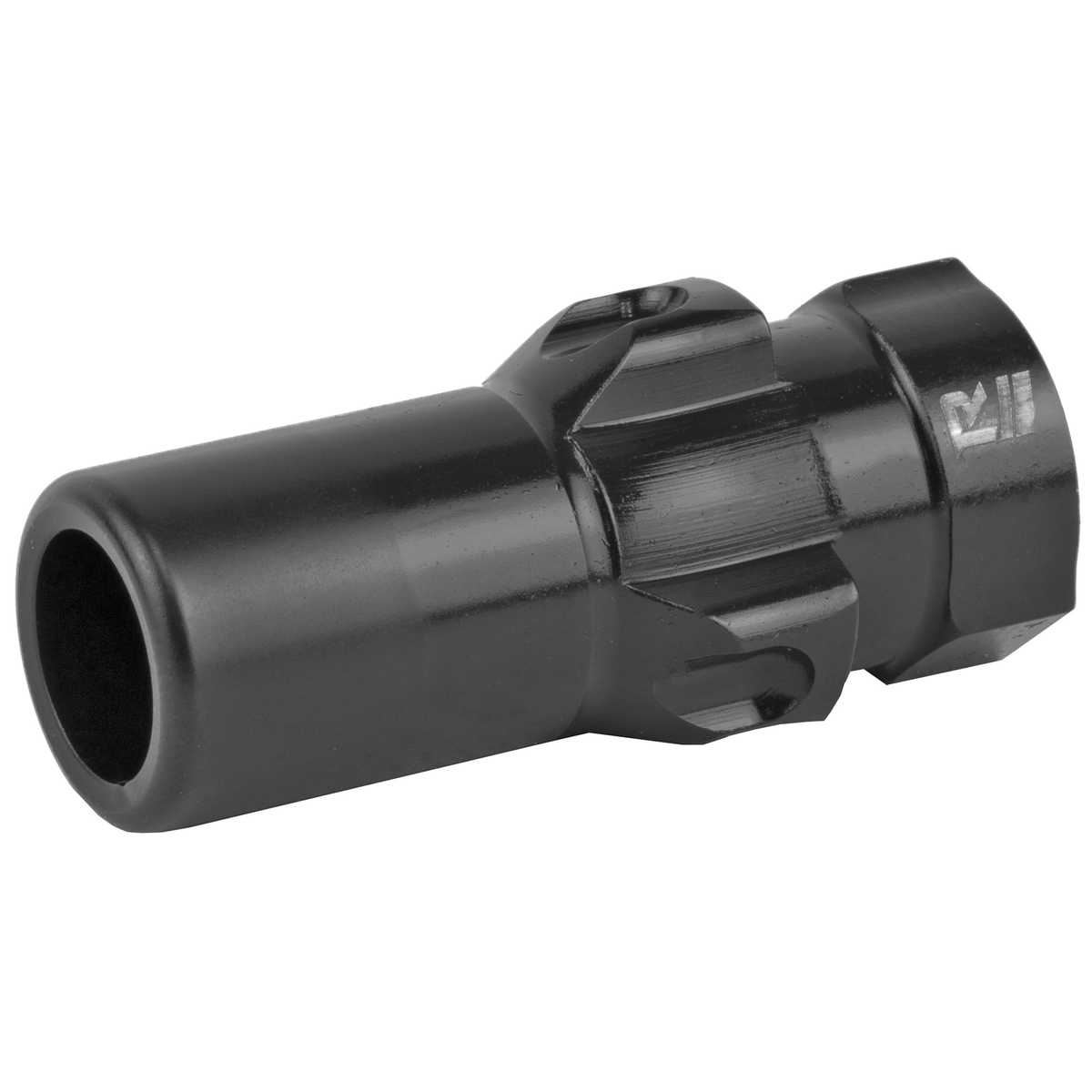
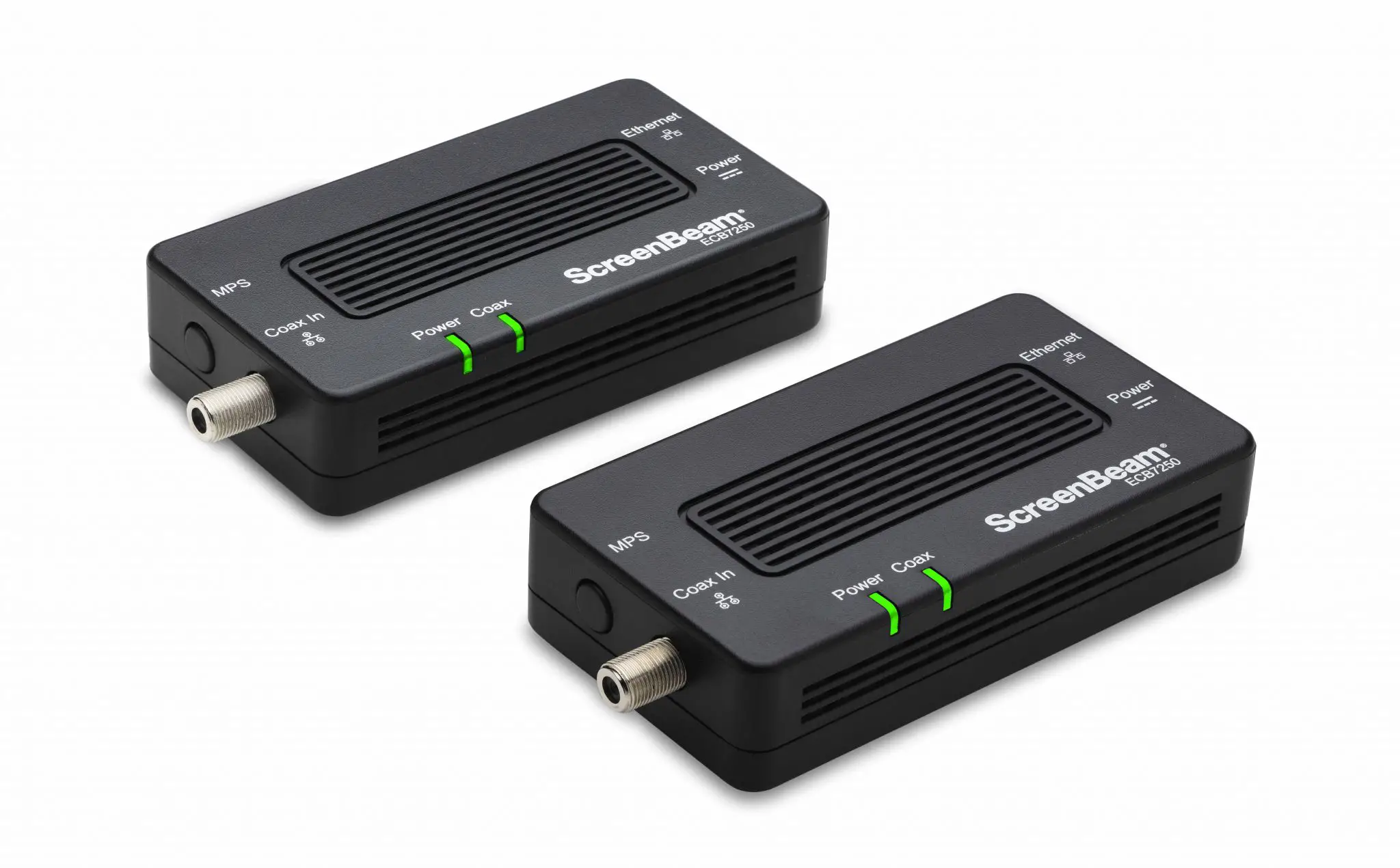
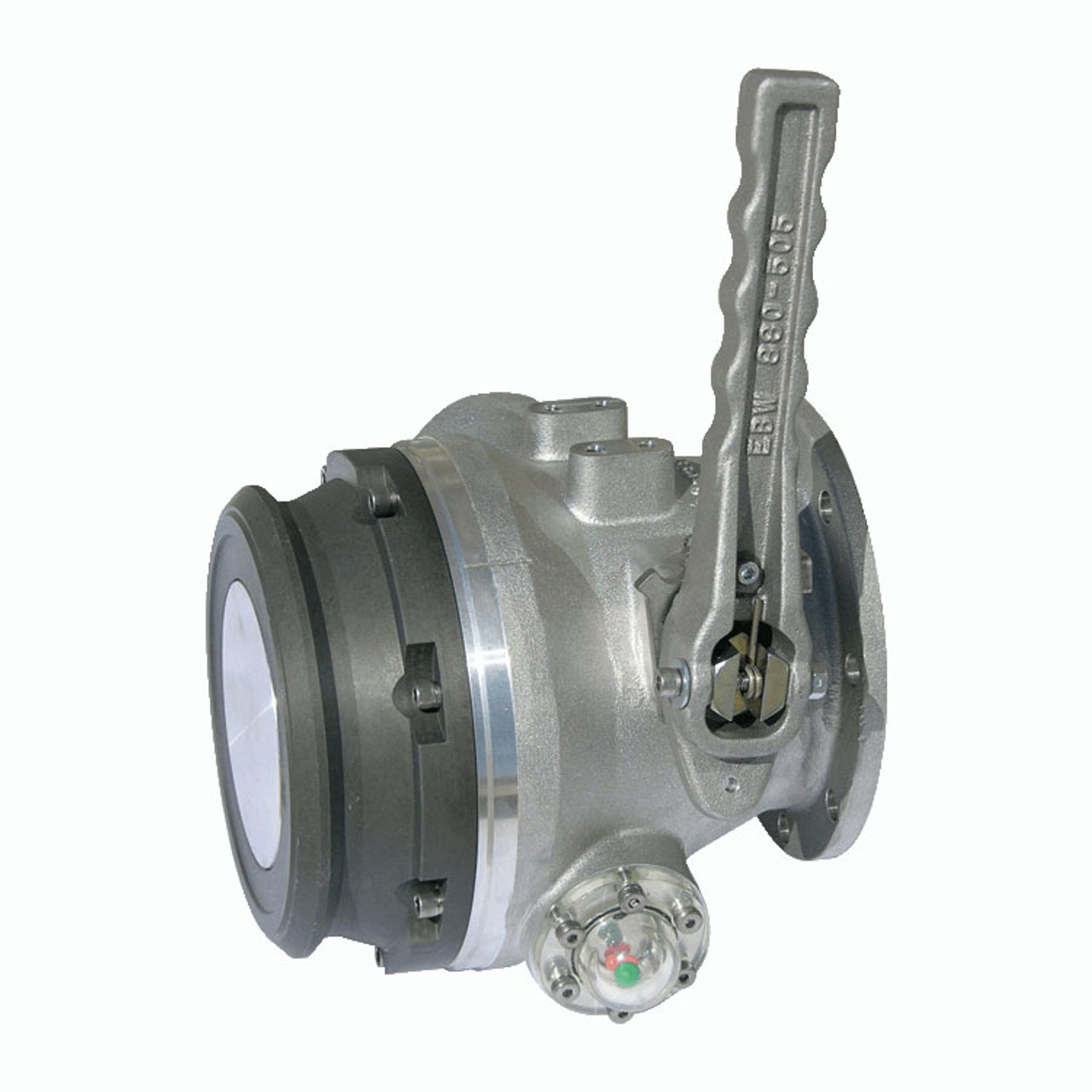
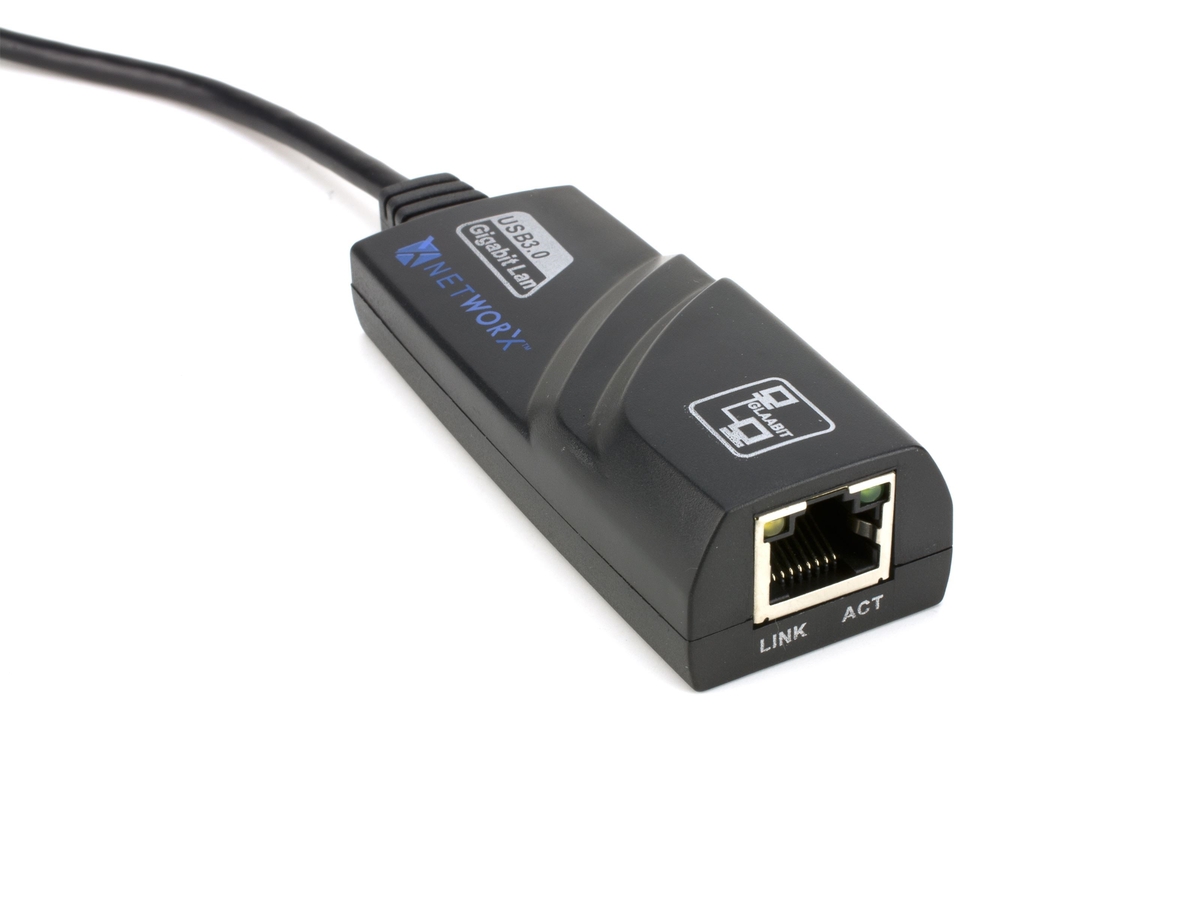
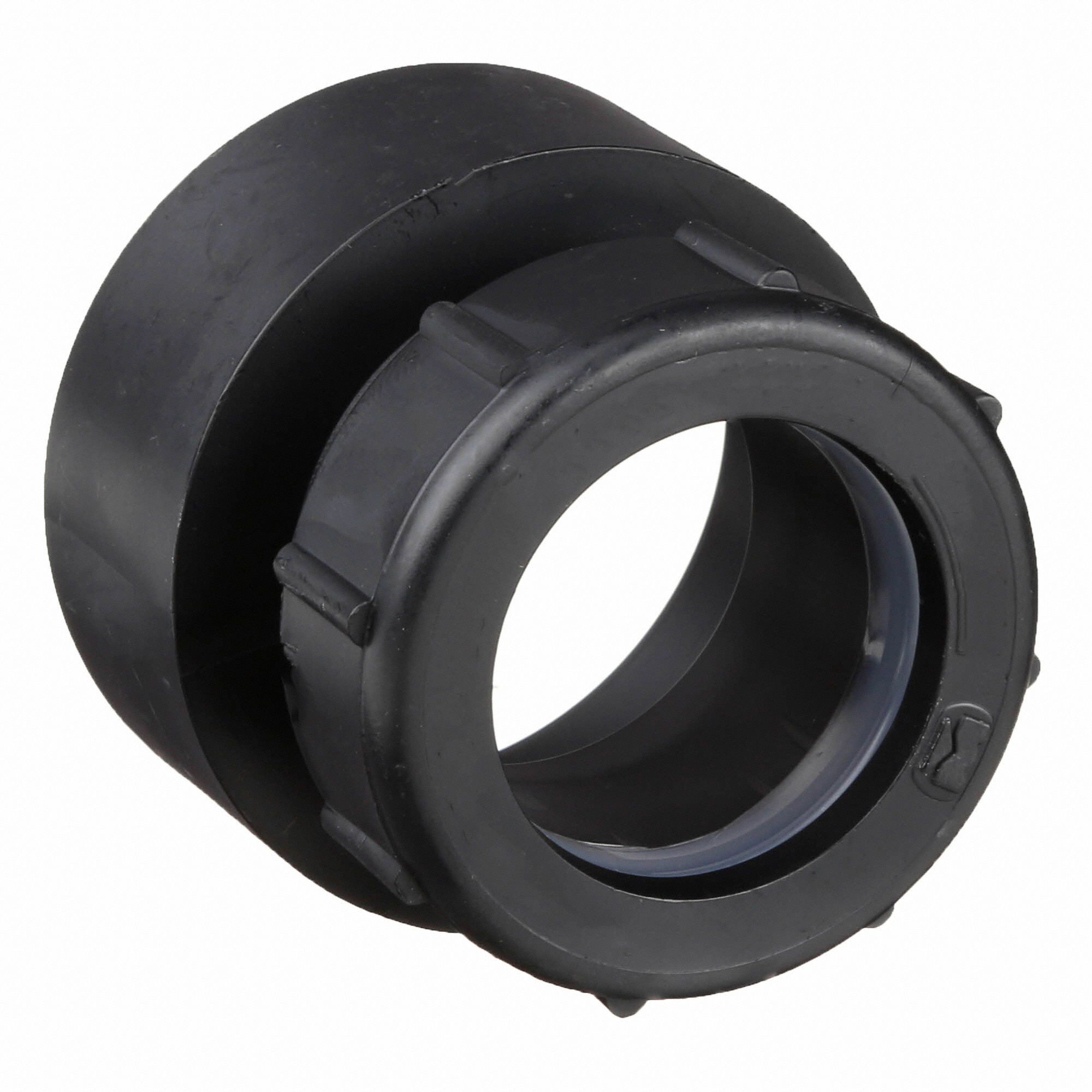
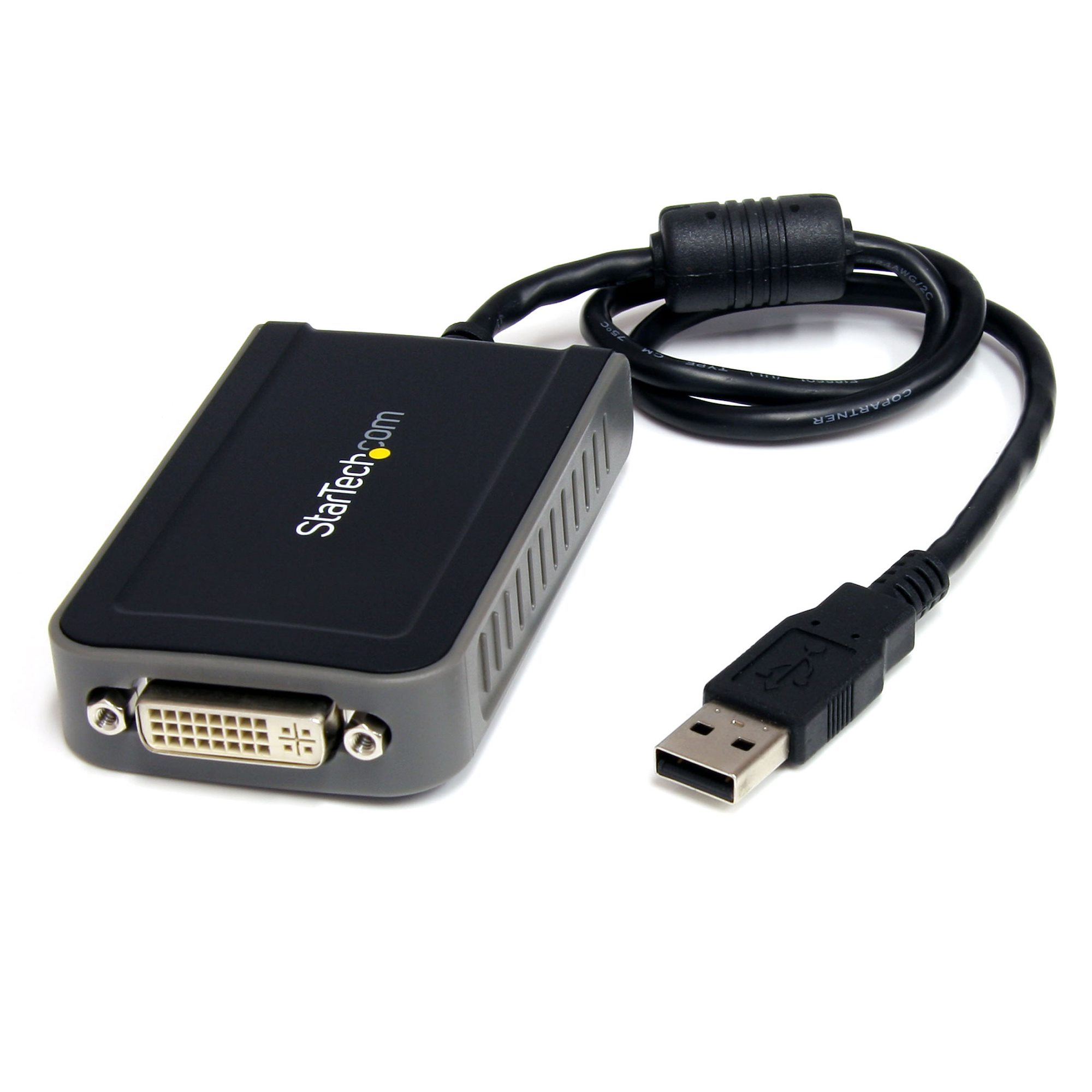
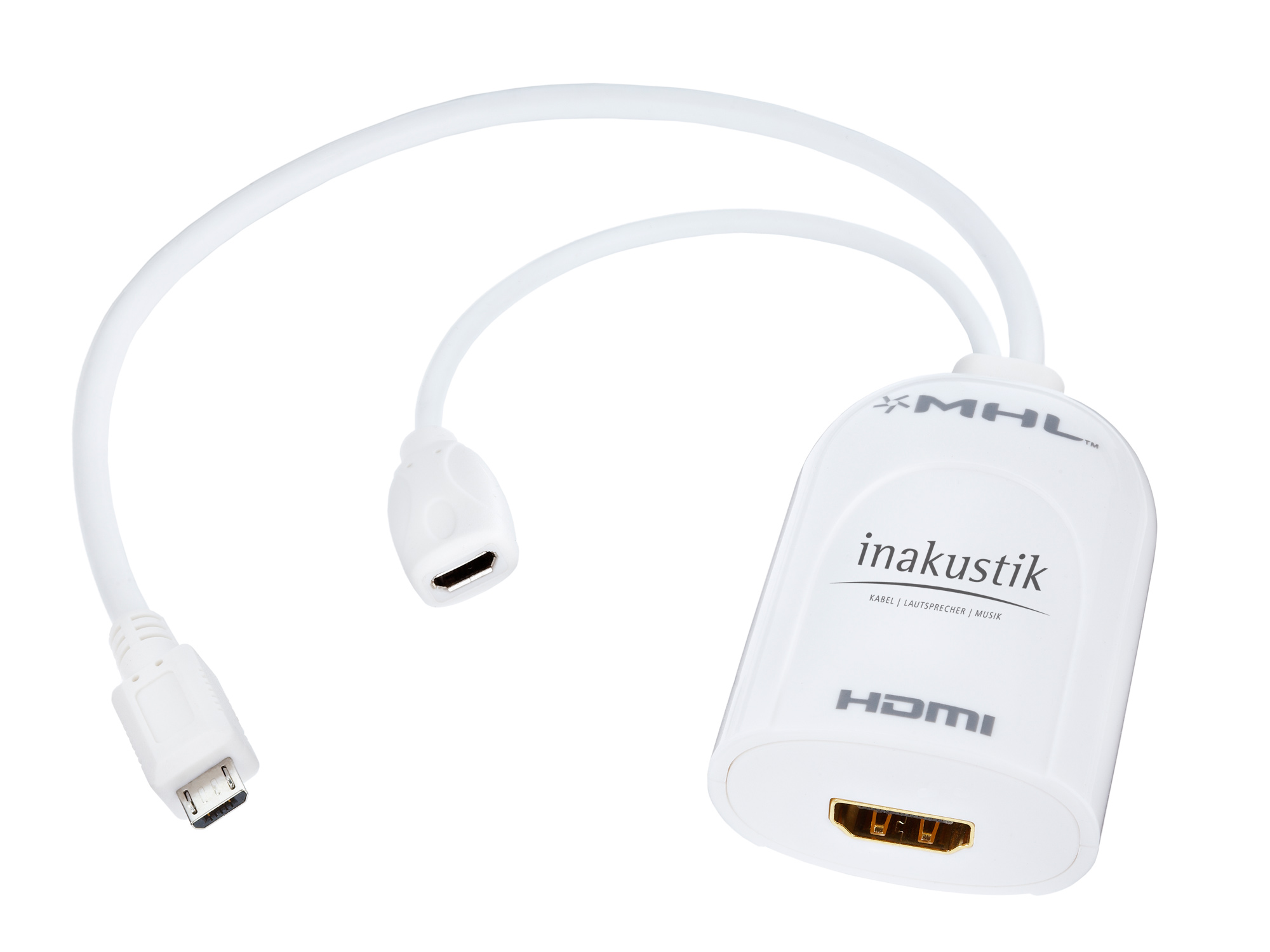

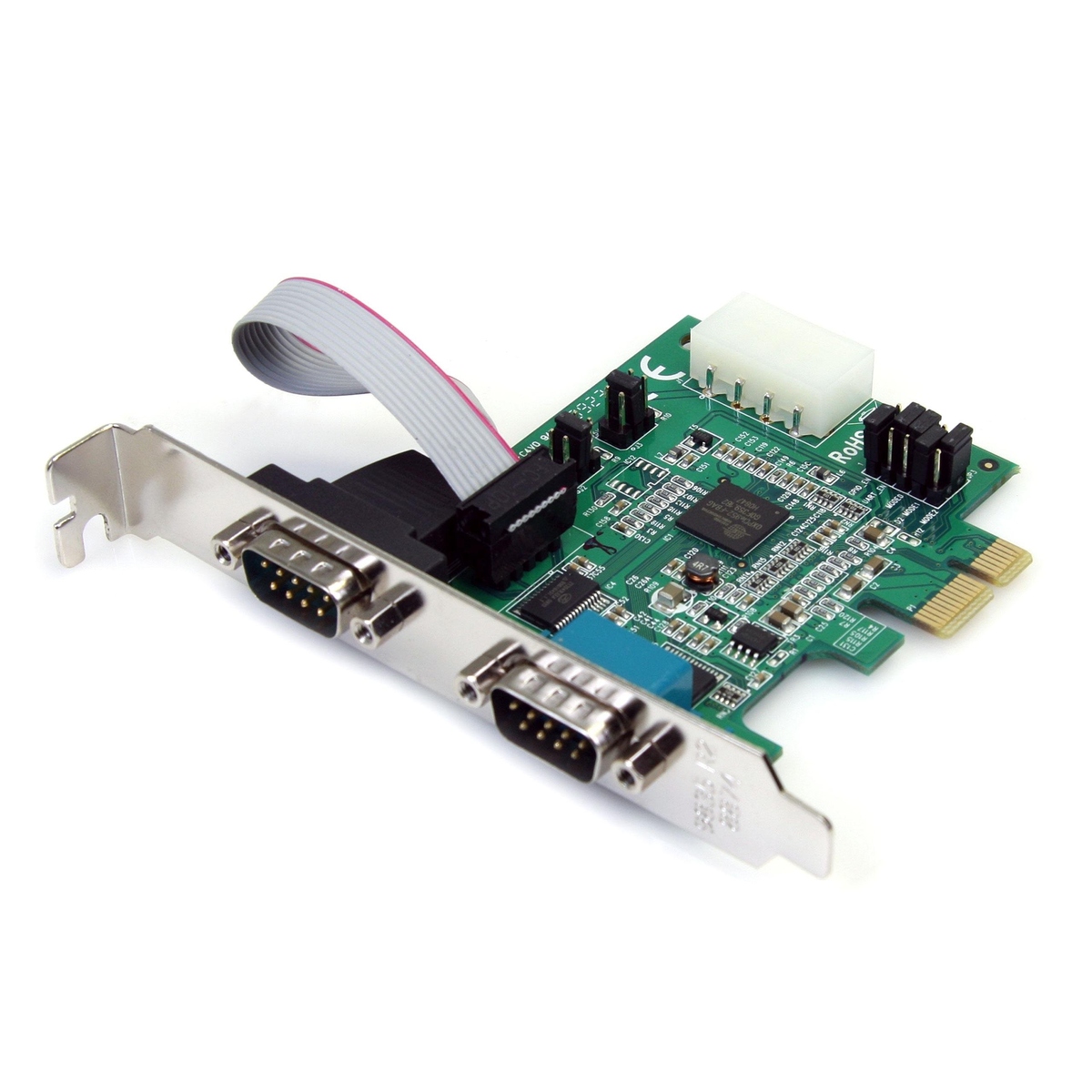
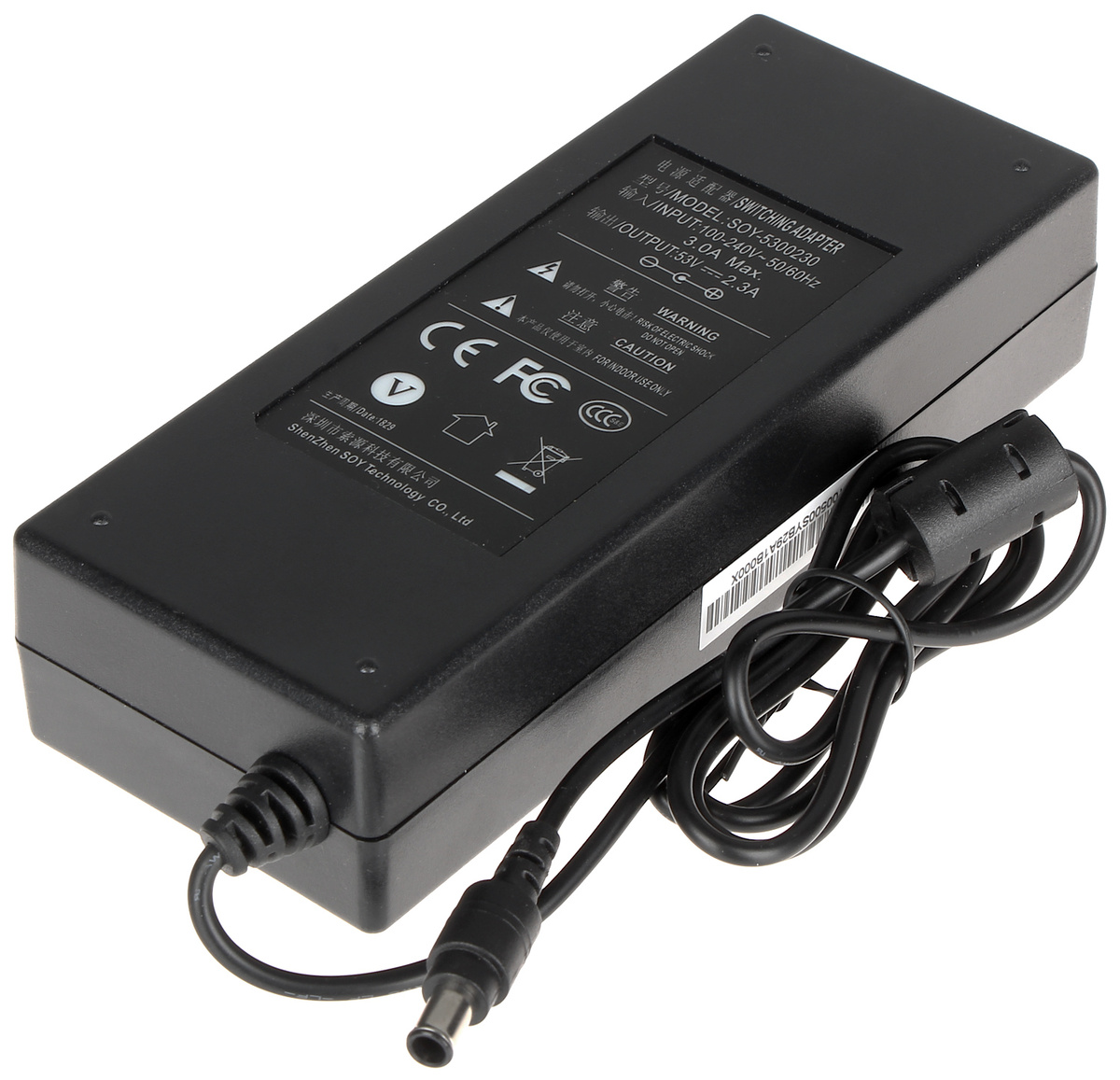
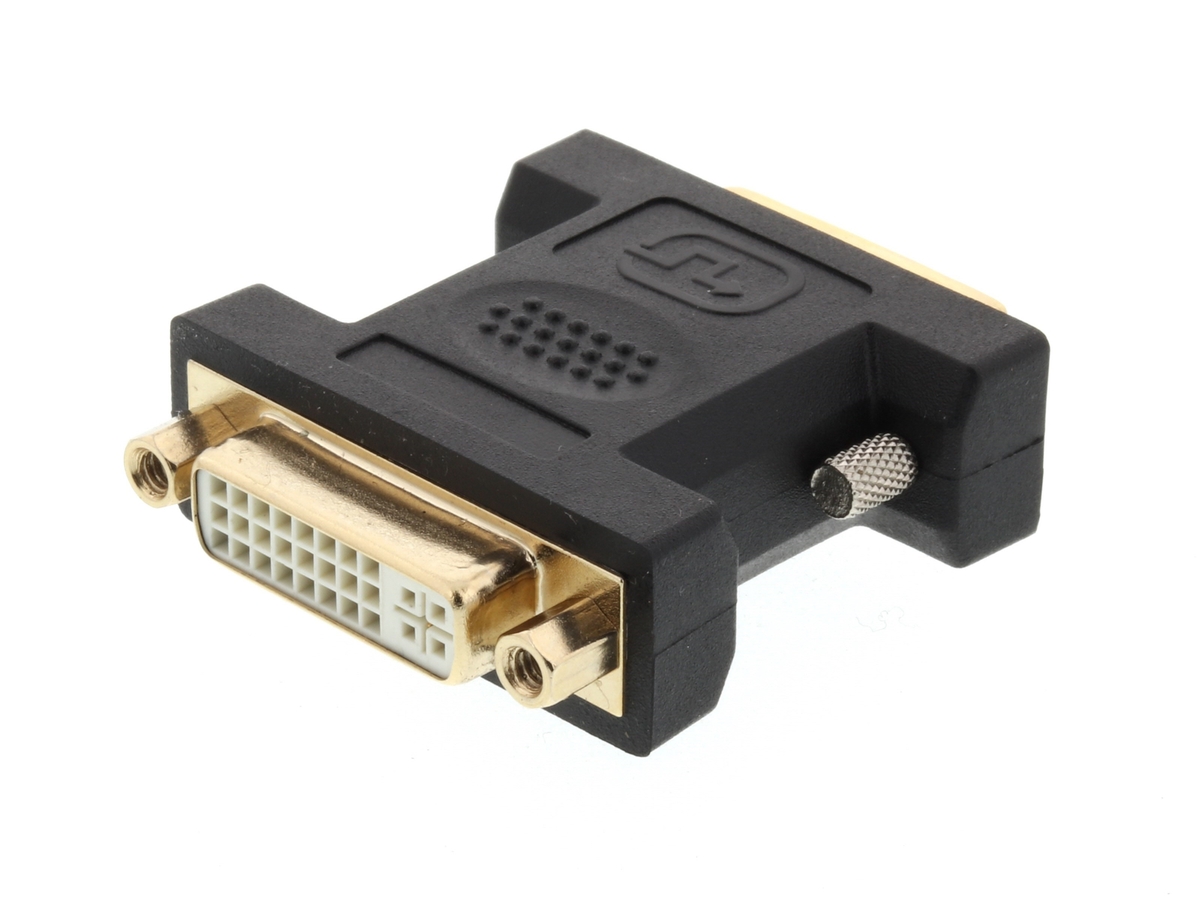
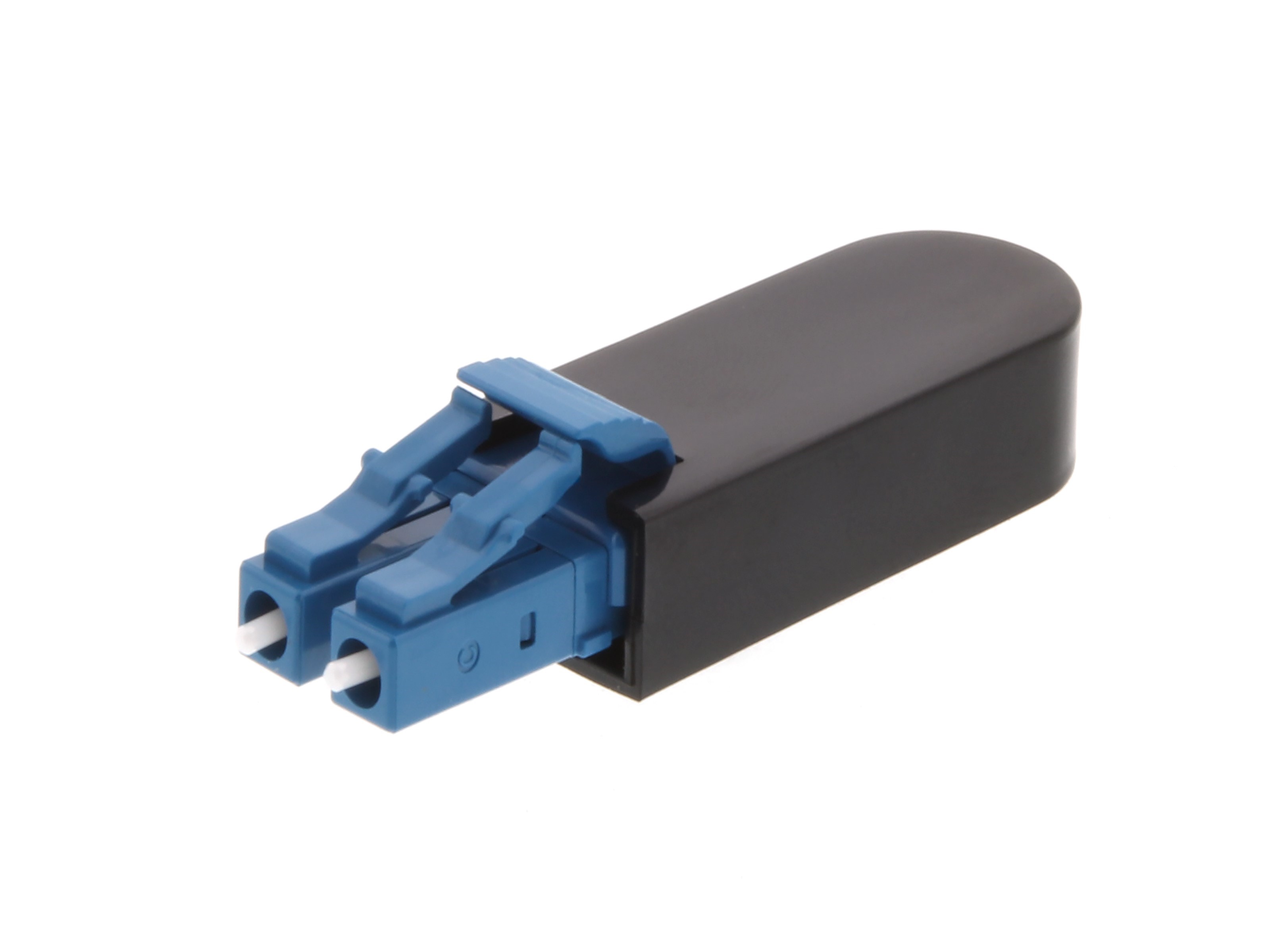
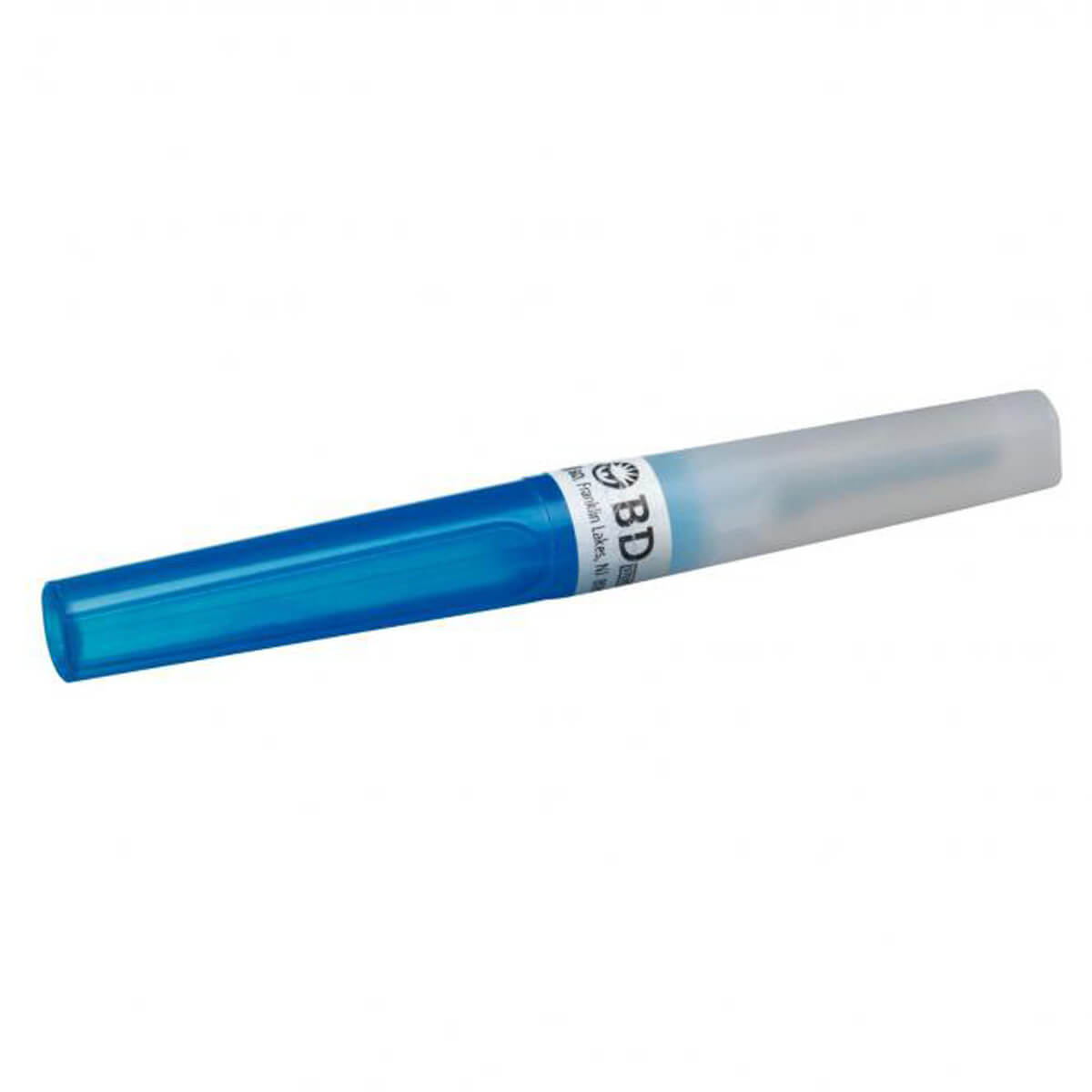
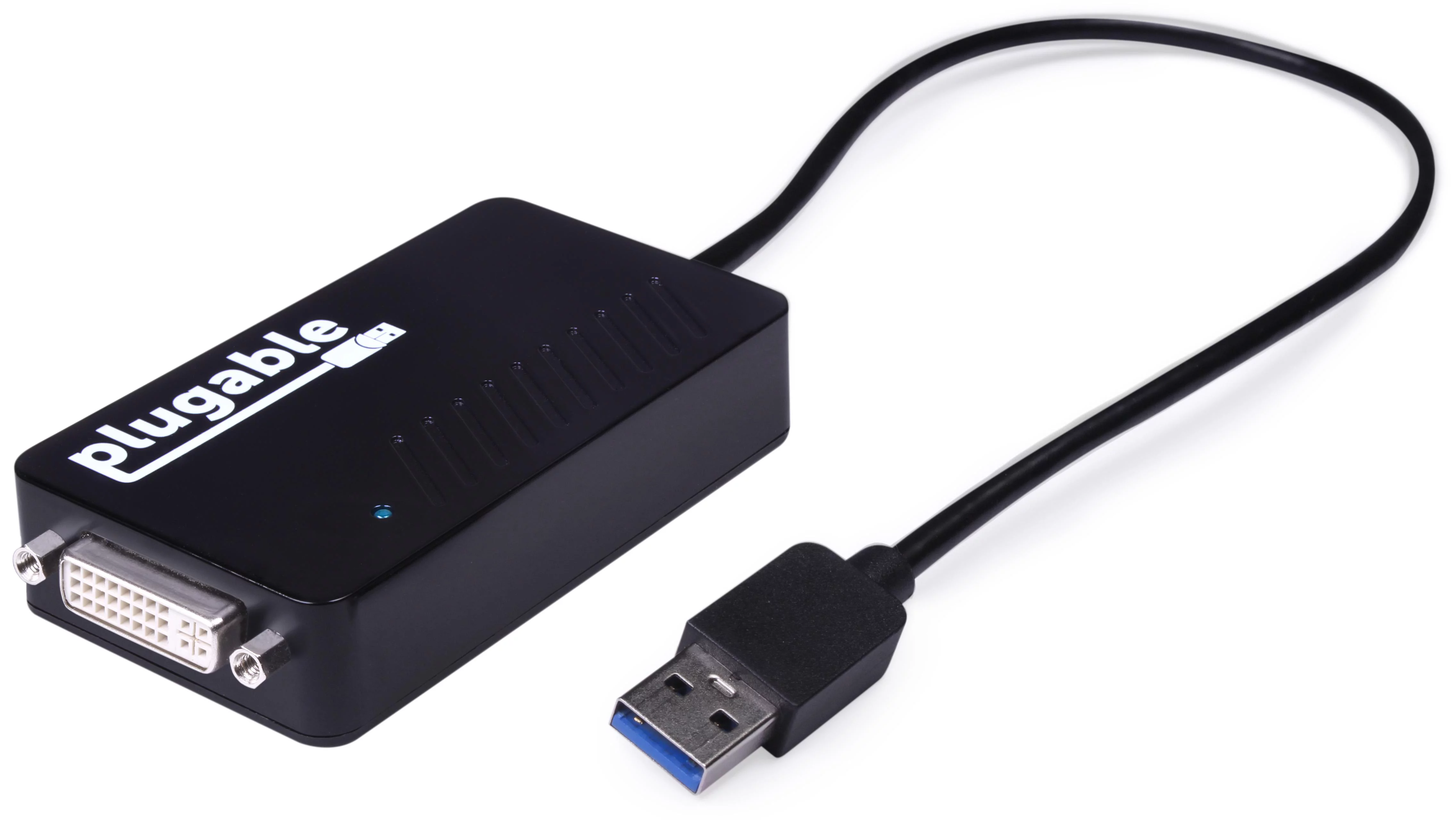

0 thoughts on “What Is A Male Adapter”